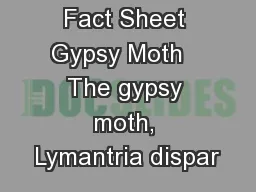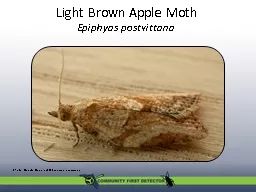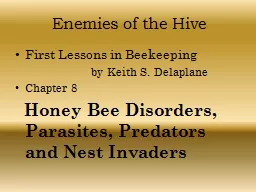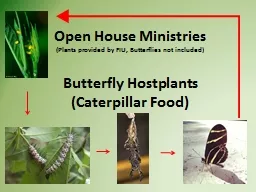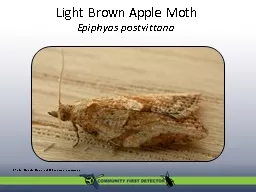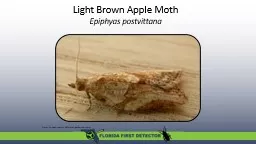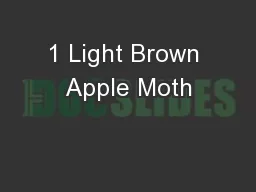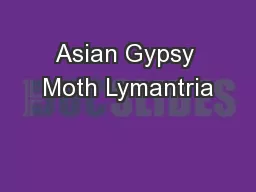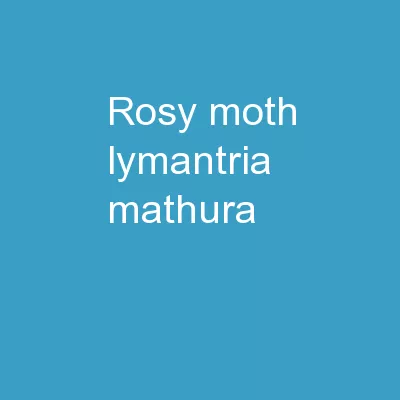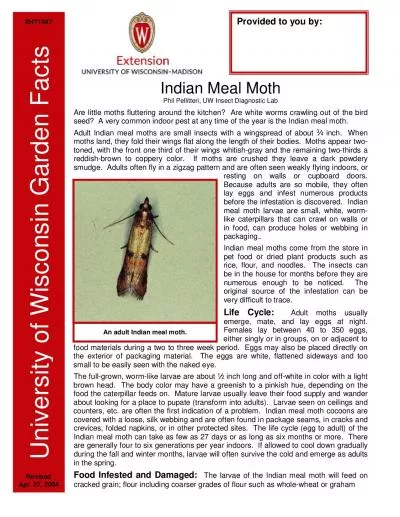PDF-The Indian Meal Moth
Author : madison | Published Date : 2022-08-31
Plodia interpunctata is one of the commonest stored product pests rivaled only by the carpet beetle in how commonly it is found indoors This moth is found worldwide
Presentation Embed Code
Download Presentation
Download Presentation The PPT/PDF document "The Indian Meal Moth" is the property of its rightful owner. Permission is granted to download and print the materials on this website for personal, non-commercial use only, and to display it on your personal computer provided you do not modify the materials and that you retain all copyright notices contained in the materials. By downloading content from our website, you accept the terms of this agreement.
The Indian Meal Moth: Transcript
Download Rules Of Document
"The Indian Meal Moth"The content belongs to its owner. You may download and print it for personal use, without modification, and keep all copyright notices. By downloading, you agree to these terms.
Related Documents


